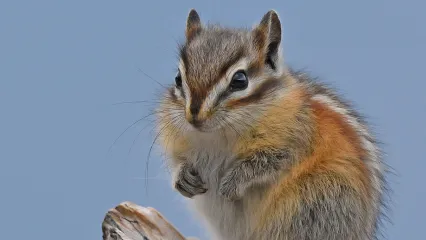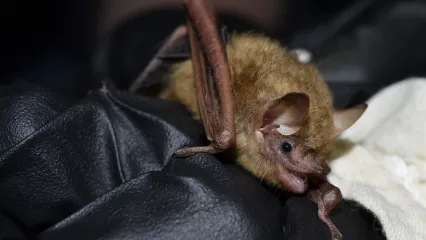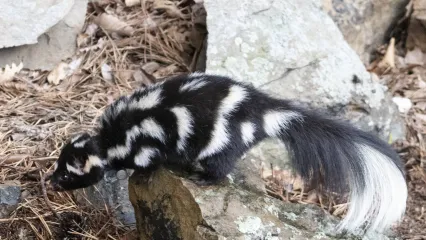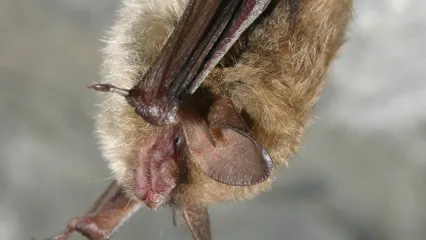
Description
The antics of the Eastern chipmunk have long entertained wildlife enthusiasts at parks, on walking trails and in campgrounds, and the small mammal makes it's home right here in Oklahoma.
When filled to capacity, each pouch can expand almost as large as the animal's head. Yet several characteristics set these two species apart. The lines on a chipmunk extend the entire length of the body - from nose to tail. The ground squirrel only bears lines on the midsection of its back. A chipmunk also is noticeably smaller, it ears are more prominent, and its tail is less bushy than that of the ground squirrel.
The Eastern chipmunk subsists on small nuts, weed seeds and small fruit, but also on a considerable number of insects. Instinctively, these rodents regularly store food within their burrows, which helps sustain this species at all times.
On any given warm and sunny afternoon, whether you're deer hunting deep in the Ozark hardwoods or picnicking in an eastern Oklahoma campground, you are sure to hear the contented chirps of one of our most endearing watchable wildlife species - the Eastern chipmunk.
Size
They can be 8 to 10 inches long including the tail.
Habitat
In Oklahoma, this species primarily is found in the eastern part of the state, but eastern Oklahoma actually falls along the western fringe of the Eastern chipmunk's natural range. It fills a special niche the rocky hillsides and dry ravines of the beautiful Ozark hills habitat.
Chipmunks, like most small rodents, are burrowers. They prefer openings beneath protected locations such as logs or rocks, with a dugout chamber for a nest. These mammals are sometimes confused with Oklahoma's 13-lined ground squirrel. Both appear reddish-brown or tan, with conspicuous dark stripes alternating with gray or brown. Their undersides are white or buff, and both use cheek pouches inside their mouths to carry food.
Some individuals hibernate through the cold months, but spend the winter deep in their burrows; awake but lethargic, waiting to resume their active pace above ground once warmer temperatures return.
Life Cycle
Mating occurs about 10 to 20 days after chipmunks become active each spring, sometimes sooner or later depending on seasonal weather patterns and conditions. Gestation lasts approximately 30 days, after which females select a grass-lined section of the burrow where five to six young will be born.
At birth, each is hairless and only about two inches long. They are weaned at about five weeks, but remain with the female for several more months. Young chipmunks reach sexual maturity when less than a year old. The average life span is about five years, which is fairly long for a rodent. However, this species is so fleet-footed and wary that it is not easily captured by predators.
How To Observe
Chipmunks are as popular with campground visitors as campground visitors are with chipmunks. What camping area would be complete without a few of these furry critters dashing from rock to rock? Although timid when first approached, chipmunks soon lose their fear once they associate people with an easy source of food. But this cornucopia of potato chips and hot dog buns may do more harm than good. Other than the obvious lack of nutritional value, chipmunks become all-too-accustomed to handouts from well-meaning campers. Often, this junk food is taken back to the burrow and added to the food cache. However, if it is not eaten soon, these human morsels can spoil an entire winter's food supply.


